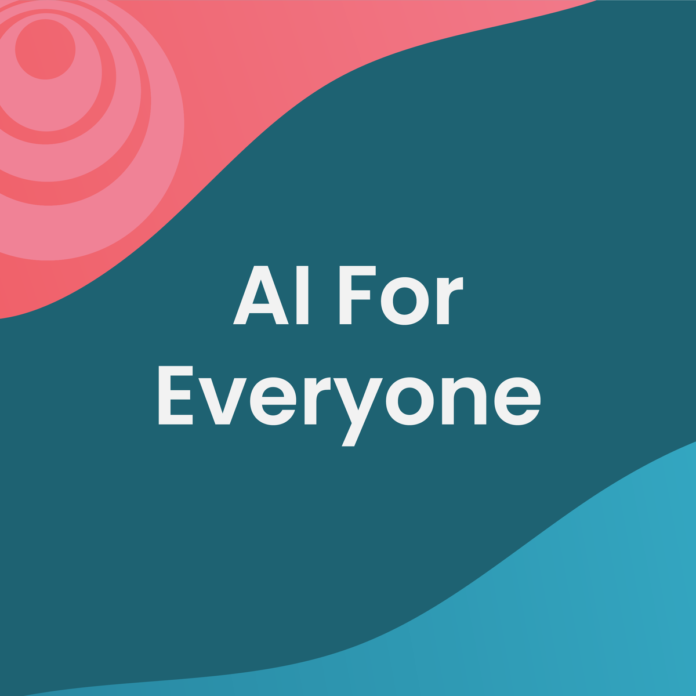In today’s rapidly evolving digital landscape, AI avatars have emerged as a captivating and innovative way to represent ourselves in virtual spaces. As an AI enthusiast, I’m thrilled to share my knowledge and insights on this fascinating topic.
Join me as we delve into the world of AI avatars, exploring how they are generated and the potential they hold for revolutionizing digital interactions.
The Rise of AI Avatars
AI avatars are digital representations of individuals that are generated using advanced artificial intelligence algorithms.
These avatars can mimic human features, expressions, and even personalities, creating a more immersive and personalized experience for users. As technology continues to advance, AI avatars are becoming increasingly realistic and engaging, blurring the lines between the digital and physical realms.
What is an AI Avatar?
An AI avatar is a computer-generated image or animation that serves as a visual representation of a user in a digital environment.
Unlike traditional avatars that are manually created or selected from a limited set of options, AI avatars are dynamically generated based on user input and machine learning algorithms. These avatars can adapt to user preferences, creating a unique and personalized experience for each individual.
How AI Avatars are Generated?
AI avatars are generated using complex machine learning algorithms that analyze vast amounts of data to create realistic and engaging representations. These algorithms are trained on large datasets of human faces, expressions, and body movements, allowing them to generate avatars that closely resemble their human counterparts. The process of generating an AI avatar typically involves the following steps:
- Data Collection: Gathering a diverse dataset of human faces, expressions, and body movements.
- Data Preprocessing: Cleaning and organizing the data to ensure consistency and accuracy.
- Model Training: Using machine learning algorithms to train a model on the preprocessed data.
- Avatar Generation: Applying the trained model to generate a unique AI avatar based on user input.
The Role of GANs in AI Avatar Generation
Generative Adversarial Networks (GANs) have played a significant role in the advancement of AI avatar generation. GANs are a type of machine learning model that consists of two neural networks: a generator and a discriminator.
The generator is responsible for creating realistic images, while the discriminator evaluates the generated images and provides feedback to the generator, helping it improve its output. By using GANs, researchers and developers have been able to create highly realistic and diverse AI avatars that closely resemble their human counterparts.
The Importance of Facial Recognition in AI Avatar Generation
Facial recognition is a crucial component in the generation of AI avatars. By analyzing facial features, expressions, and movements, AI algorithms can create avatars that accurately represent an individual’s appearance and personality.
This technology has advanced significantly in recent years, with the development of deep learning algorithms that can detect and analyze facial features with a high degree of accuracy. As a result, AI avatars are becoming increasingly lifelike and expressive, enhancing the overall user experience.
The Future of AI Avatars
As AI technology continues to evolve, the potential applications of AI avatars are endless. From virtual reality gaming and social media to e-commerce and education, AI avatars have the power to transform the way we interact with digital environments.
In the future, we may see AI avatars that can engage in natural language conversations, provide personalized recommendations, and even serve as virtual assistants in various industries.
The Ethical Considerations of AI Avatars
While the development of AI avatars presents exciting opportunities, it also raises important ethical considerations. Issues such as privacy, data security, and the potential for misuse must be carefully addressed.
As AI avatars become more advanced and lifelike, it’s crucial that developers and users alike consider the ethical implications of this technology and work to ensure that it is used responsibly and ethically.
The Impact of AI Avatars on Social Interactions
AI avatars have the potential to revolutionize social interactions in the digital world. By providing users with a more engaging and personalized way to represent themselves, AI avatars can foster deeper connections and more meaningful interactions.
As people become more comfortable with the idea of interacting with AI avatars, we may see a shift in the way we approach social media and online communication.
Top 5 AI Avatar generating tools in market
Here are the top 5 AI avatar generating tools in the market for 2024,
- Synthesia: Allows creating realistic AI avatars for videos
- Colossyan: Offers efficient video creation with AI at traditional production costs
- D-ID: Utilizes AI technology to generate photorealistic digital presenters from text
- Fotor: Allows creating virtual lookalikes by uploading photos and transporting features
- Heygen: Produces studio-quality videos with AI-generated avatars and voices
According to Aiforeveryone, these AI avatar generators offer a range of features, including realistic avatars, seamless animation, voiceovers in multiple languages, and cost-effective video production. They cater to different industries and use cases, making it easier for businesses and individuals to create engaging and personalized video content.
Conclusion
In conclusion, AI avatars represent a fascinating and rapidly evolving field that has the potential to transform the way we interact with digital environments.
As an AI enthusiast, I’m excited to see how this technology will continue to develop and the impact it will have on our lives. Whether you’re interested in gaming, social media, or the entertainment industry, AI avatars are sure to play a significant role in shaping the future of digital interactions.


